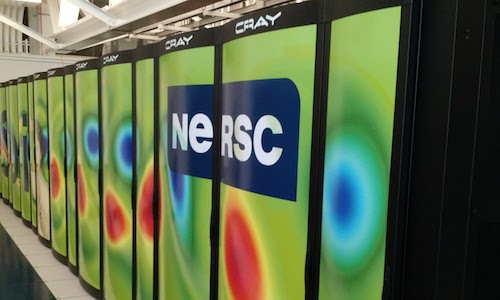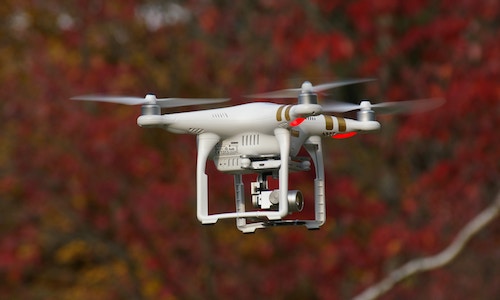Cyberbiosecurity
Our Office of National Programs at the USDA-ARS recently sent around an article from Perccoud et al. (2018) on the risks to data and computer systems from security holes in bioinformatics software. Perhaps most interestingly, it highlighted work by Ney et al. (2017) where DNA was synthesized to exploit a software vulnerability during the processing of sequence data.
It seemed like there were a couple of messages for developers and users of bioinformatics software in these articles. As biologists, It’s good to always keep in mind that data could be malicious and that some of the software we use may not be secured against malicious data. However we need to keep the response to the threat in proportion to 1) its probability of occurring, 2) the value of the system affected, and 3) the value of the information to others. For most of us experimental biologists the probability is low, our systems are not valuable targets and our raw data is mostly valuable to us. The trust in our community isn’t inherently bad, it also engenders the sharing of information that speeds discovery.
A bigger immediate threat to most biologists is probably that we download lots of software that we don’t investigate thoroughly, including unsigned binary versions of software that could have been compromised by a third party, even if the developer is trusted. That software itself may contain viruses.
It seemed like the take-away for bioinformatics programmers was that DNA sequences are text strings and any software you write should “sanitize its input” meaning not allow the text to execute arbitrary commands. When using low level primitives that operate directly on memory extra care should be taken. As developers we don’t know the ultimate end user of our software. One user out of thousands may end up using it in a critical web application or for a high-stakes forensics application.

In an effort to reduce security issues and increase reliability in my code, I recently started using an automated code review service called Codacy. With each commit it audits your code for security vulnerabilities and software “anti-patterns”. It caught my unsafe handling of yaml config files (oops). These automated tools are a good first start although, they are not a substitute for human code review by security experts. Perhaps in the future those security resources will be available to researchers at universities. For right now though, the risk to the typical biologist is pretty low.
References
Peccoud, J., Gallegos, J.E., Murch, R., Buchholz, W.G., Raman, S. 2018. Cyberbiosecurity: From Naive Trust to Risk Awareness. Trends Biotechnol. 36, 4–7. doi:10.1016/j.tibtech.2017.10.012
Ney, P., Koscher, K., Organick, L., Ceze, L., Kohno, T., 2017. Computer Security, Privacy, and DNA Sequencing: Compromising Computers with Synthesized DNA, Privacy Leaks, and More, in: 26th USENIX Security Symposium USENIX Security 17. USENIX Association, Vancouver, BC, pp. 765–779.7 USENIX Security Symposium. url: https://www.usenix.org/system/files/conference/usenixsecurity17/sec17-ney.pdf



